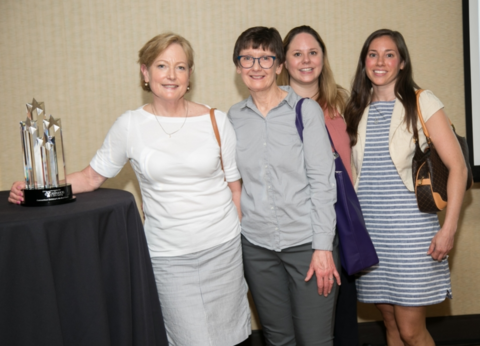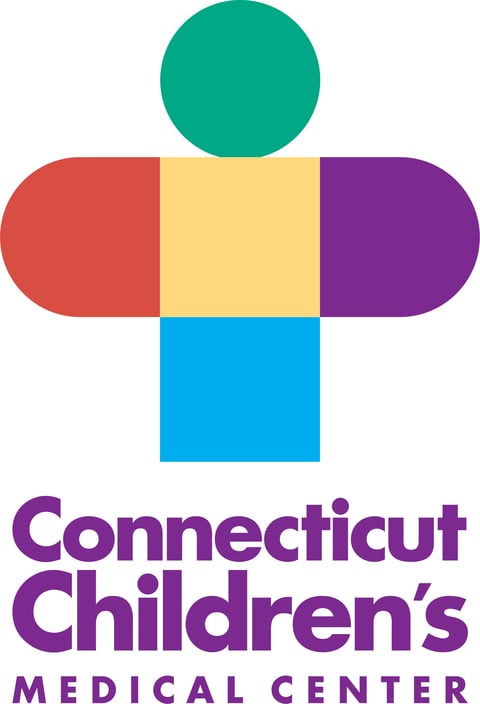Patient skin safety can be demanding for nurses to monitor on top of their other daily concerns. But one children's hospital has found a way to ease that burden and saw pressure injuries drop as a result.
Connecticut Children's Medical Center officials began embedding what it called a "Healthy Skin Champion" on each of its inpatient and outpatient wards several years ago. Those trained nurses spearhead its efforts to reduce pressure ulcers and other hospital-acquired skin conditions.
Having an internal culture deeply rooted in safety was crucial to launching and sustaining the program, Claire Hibbs-Cusson, a skin R.N. specialist and the hospital's skin care program coordinator, told FierceHealthcare in an interview.

Eileen Ciccone, Kristen Martin,
Jennifer Hurowitz of Connecticut Children's
Medical Center. (3M)
"We're sort of obsessed with safety," Hibbs-Cusson said.
RELATED: University of Chicago Medicine's 'Countdown to Zero' program slashes pressure injures by 83%
Connecticut Children's earned this year's 3M Award for Excellence in Skin Safety for the effort.
A group of nurses at the hospital first began to explore ways to cut down on pressure injuries in 2008, but Connecticut Children's does not have a dermatology department to oversee those efforts.
So a wound care nurse at Hartford Hospital "took us under her wing" for training, Hibbs-Cusson said.
As more nurses at Connecticut Children's became wound care certified, reducing pressure injuries became a national patient safety imperative, which helped earn crucial leadership buy-in, she said.
Connecticut Children's began tracking the prevalence of pressure injuries in 2012 and conducts a quarterly skin safety audit to monitor trends. In the first audit from November 2012, the hospital had a rate of 3.1 pressure injuries per 100 patients. By September 2013, that rate had decreased to 1.54 injuries per 100 patients.

RELATED: Children's Hospital of Wisconsin takes team-based approach to reduce pressure ulcers
Between 2013 and 2015, Connecticut Children's was able to maintain a rate of between .75 and .87 pressure injuries per 100 patients. It saw a slight uptick in pressure injuries in 2016, which led to the beginning of the "Healthy Skin Champions" program, Hibbs-Cusson said.
In the most recent audit earlier this year, no pressure injuries were identified. Since the program launched and has seen notable success, Hibbs-Cusson said she fields frequent requests from other hospital staffers to get involved.
"People just kind of want to come along and be a part of that great work and that success," Hibbs-Cusson said.
For hospitals that are looking to build their own programs to tackle pressure ulcers, Hibbs-Cusson said it's key to have a strong, evidence-based foundation to work from. It's also crucial to have a set, common goal for a safety project such as this, so everyone is working toward the same outcomes.
Connecticut Children's is also part of the Solutions for Patient Safety collaborative of children's hospitals, which allows its 100 members to share best practices. Hibbs-Cusson said that the insights from that collaboration have also been central to shaping the pressure injury program.
"It's very important to have that support," she said. "Nobody holds back so that they can be the best, everybody shares everything."